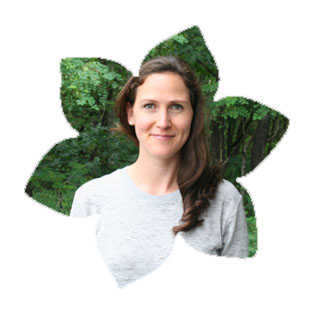The New Battle for Vancouver Island
Vancouver Islanders have a long and proud history of standing up for our home. The struggle to save Clayoquot Sound captured national attention and spawned dozens of other initiatives to protect the environment and people who live here. The sublime beauty of this island has inspired thousands of everyday people to make heroic efforts in boardrooms, court rooms, classrooms and in the forests to preserve some of the most incredible natural areas anywhere in the world. As industrial forestry becomes less and less profitable, logging companies such as Western Forest Products and Timberwest are entering the real estate market to sell off parcels of our coast to become commuter subdivisions. The new battle to save Vancouver Island is a battle against reckless development.
On March 16 we had our latest in a series of actions in the campaign for a moratorium on urban sprawl. Hundreds of people participated in the Capital Regional District (CRD) phone blitz to pressure our representatives into creating a moratorium that would stop the imminent loss of farm land on the Saanich Peninsula and a 266-home subdivision from being built along 17 km of the Juan de Fuca trail. By 4 p.m., many CRD directors’ voicemail inboxes were full and several reported that their Blackberry devices were having “meltdowns.”
The threat to the iconic Juan de Fuca trail has received particular attention. This park is a provincial treasure. People from all over the world have been inspired by its breathtaking scenery. It deserves to be protected for its natural beauty alone, but this is only the tip of the iceberg. The pattern we create on the land is mirrored by the patterns that develop in our community and if we continue to allow subdivisions to sprawl onto rural areas, the strength of our economy, our food production system, our relationship with indigenous communities and our social service networks will all suffer consequences.
It’s about quality of life
Low-density settlements lend themselves to the Wal-Mart economy of centralized one-stop shopping centres. These stores out-compete small businesses and force workers to accept mostly low-wage, part-time positions at stores they have to commute to. When economic slowdowns and recessions occur these chains have a legal obligation to prioritize shareholder profits above the welfare of communities and are usually the first to lay off workers. Big box franchises are also much less likely to support local artisans and food producers, and the profits they make from selling imported merchandise disappears from the community.
It’s about healthy, affordable local food
It is a tragic irony that Vancouver Island boasts some of the best farmland in North America, yet retail outlets import more than 90 per cent of their food products. Low-income families in the region have little choice but to buy unhealthy processed food because they can’t afford local produce. This is a direct result of rezoning agricultural land for commuter subdivisions. Real estate speculation is driving the price of farmland so high that farmers across our region are forced into setting high prices to stay in business.
It’s about Indigenous Nations
In most instances, sprawling subdivisions are being built on unsurrendered indigenous territory without adequate compensation or consultation. In settled areas, such as the Tsartlip, Tsawout, Tsycum and Paquachin territories on the Saanich Penninsula, the treaties that do exist are being completely ignored by municipal decision makers who are openly approving real estate applications on sacred sites and burial grounds.
It’s about putting an end to subsidizing urban sprawl
These sprawling residential subdivisions on indigenous land require an enormous investment in new infrastructure. Real estate speculators cite the increase in property tax revenue that new settlements create as a justification for this, but in the long run urban sprawl is a net drain on our governments’ resources. It requires new roads, emergency services, municipal water mains, sewage treatment, schools and other investments that cost the province and its municipalities billions of dollars per year. The prioritization of new services for outlying areas comes at the expense of lower income urban neighbourhoods. There is a direct link between urban sprawl and our lack of affordable housing, women’s shelters, harm reduction programs and other social services.
It’s about what we want our region to look like
The giant trees and sublime beauty of the Juan de Fuca region, as well as the rolling hills and rural character of the Saanich Peninsula are incredibly valuable to all of us. They help shape the collective identity of our communities and they give meaning and character to our home. That is why it is so important they be protected for future generations. To create a resilient home, we need to make sure we are using the environment in a way that benefits our entire population. The pattern we create on the land is mirrored by the patterns that develop in our community and this Island belongs to all of us, so we need to treat it that way.
